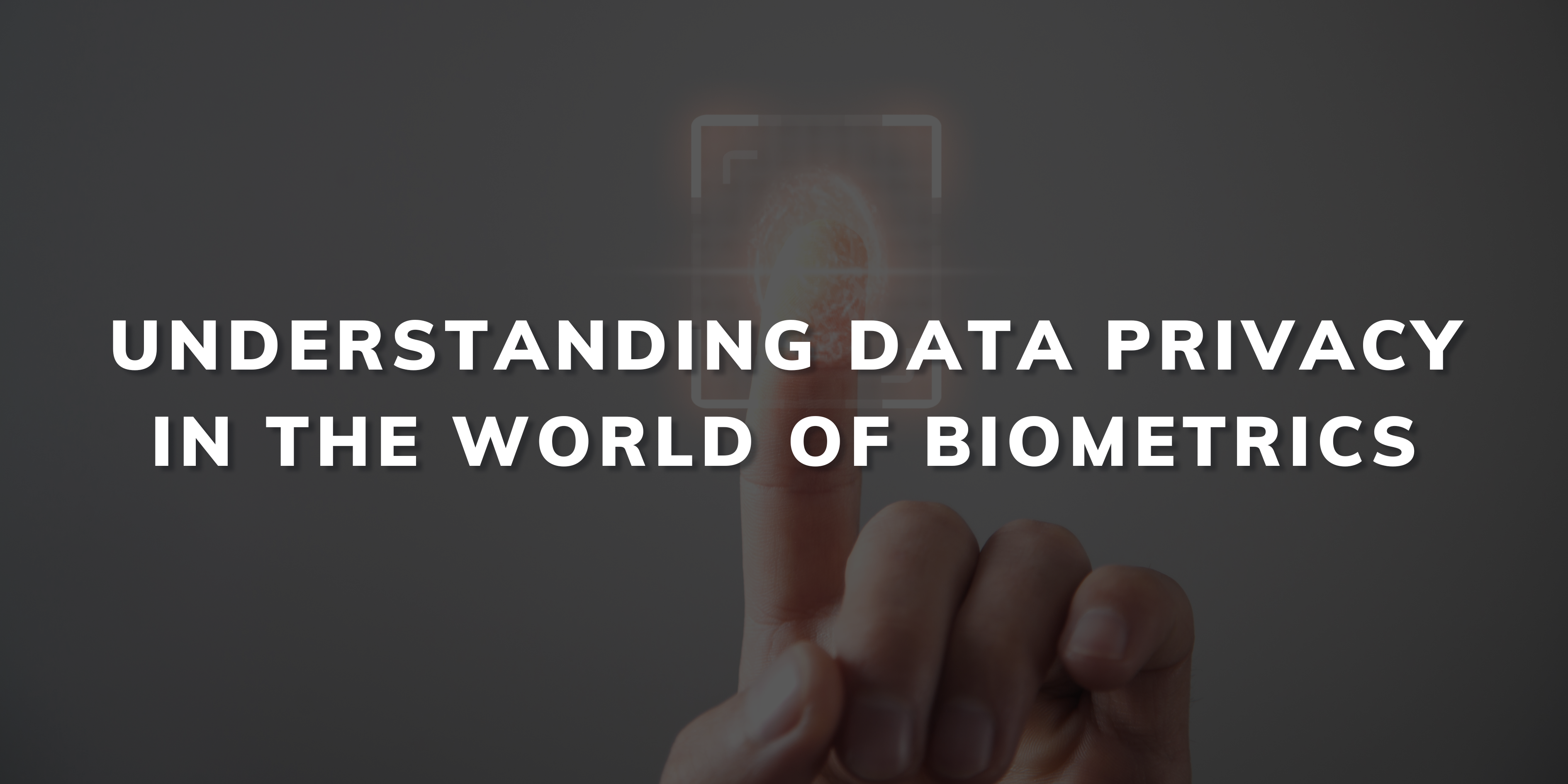
Understanding Data Privacy in the World of Biometrics
In today’s digital age, biometric technology has become increasingly prevalent, offering a convenient and secure way to verify identity. This technology, which includes fingerprint scanning, facial recognition, iris scanning, and voice recognition, is used in a variety of settings, from unlocking smartphones to airport security. However, as biometric data becomes more widespread, concerns around data privacy have grown significantly. This blog post explores the intersection of biometrics and data privacy, highlighting the challenges, benefits, and the road ahead.
Key Summary
- Biometrics’ Appeal: Offers enhanced security and convenience by using unique individual characteristics for identification.
- Privacy Risks: Raises concerns due to the sensitivity of data, security vulnerabilities, lack of informed consent, and potential for increased surveillance.
- Regulations: Countries are implementing laws like the GDPR to safeguard biometric information with strict consent requirements.
- 23andMe Breach: Exposed the personal and genetic information of nearly 7 million users, underscoring the need for improved security in handling biometric data.
- Future Directions: Emphasises the importance of balancing biometric benefits with privacy protection through responsible use and robust legal frameworks.
The Rise of Biometrics
Biometrics refer to the unique physical and behavioural characteristics that can be used to identify individuals. The allure of biometrics lies in its convenience and the perceived increase in security. Unlike passwords or PINs, which can be forgotten or stolen, biometric data is intrinsically linked to an individual, making it a powerful tool for authentication.
Privacy Concerns
Despite the benefits, biometric data collection raises significant privacy concerns. Here are a few key issues:
- Sensitivity of Data: Biometric data is inherently personal. Unlike a password, you can’t change your fingerprints or facial features if they are compromised.
- Data Storage and Security: How and where biometric data is stored is a critical concern. If a data breach occurs, the consequences can be far-reaching.
- Consent and Choice: Often, individuals may not have a choice or may not be fully informed about how their biometric data will be used or shared.
- Surveillance and Tracking: The use of biometric data can lead to increased surveillance, raising concerns about individual freedom and anonymity.
Regulatory Landscape
In response to these concerns, several countries have enacted laws and guidelines. For instance, the General Data Protection Regulation (GDPR) in the European Union treats biometric data as a special category of data with stringent consent requirements. Similar laws in other regions reflect a growing recognition of the need to protect biometric information.
Case Study: 23andMe Data Breach
In late 2023, 23andMe, a leading genetics testing company, experienced a significant data breach that affected millions of its users. The breach targeted the “DNA Relatives” feature, compromising sensitive personal and genetic information. Here are the key details about the incident:
- Affected Users: The breach impacted approximately 6.9 million users, making it one of the most substantial biometric data breaches in the field of genetic testing.
- Type of Data Compromised: The attackers were able to access a range of personal information, including profile and ethnicity data.
- Company Response: 23andMe has been actively addressing the breach, conducting an investigation with the help of third-party forensics experts. The company has been in the process of notifying affected customers as required by law.
- Security Measures: In response to the breach, 23andMe has been working on strengthening its security measures to protect against future incidents. The breach has also sparked discussions about the importance of securing biometric and genetic data, given its highly personal and immutable nature.
Best Practices for Protecting Biometric Data
Organisations that use biometric data should adhere to best practices to protect individual privacy:
- Consent and Transparency: Ensure individuals are informed and consent to the collection and use of their biometric data.
- Data Minimisation: Collect only the biometric data necessary for the intended purpose.
- Secure Storage: Implement robust security measures to protect biometric data from breaches.
- Regular Audits: Conduct regular audits to ensure compliance with privacy laws and policies.
- Anonymisation: Where possible, use anonymised or pseudonymised data to reduce privacy risks.
The Future of Biometrics and Privacy
Looking ahead, the conversation around biometrics and privacy is evolving. Biometric technology is advancing rapidly, and so too must the frameworks that govern its use. There is a growing emphasis on developing biometric systems that respect privacy, such as systems that process data locally on a device (like a smartphone) rather than storing it in a central database.
In conclusion, while biometric technology offers significant advantages in terms of security and convenience, it also poses unique challenges to data privacy. Balancing the benefits of biometrics with the need to protect individual privacy rights will be crucial as we navigate this dynamic and evolving landscape. The key lies in responsible use, robust legal frameworks, and ongoing dialogue between technology developers, policymakers, and the public.
